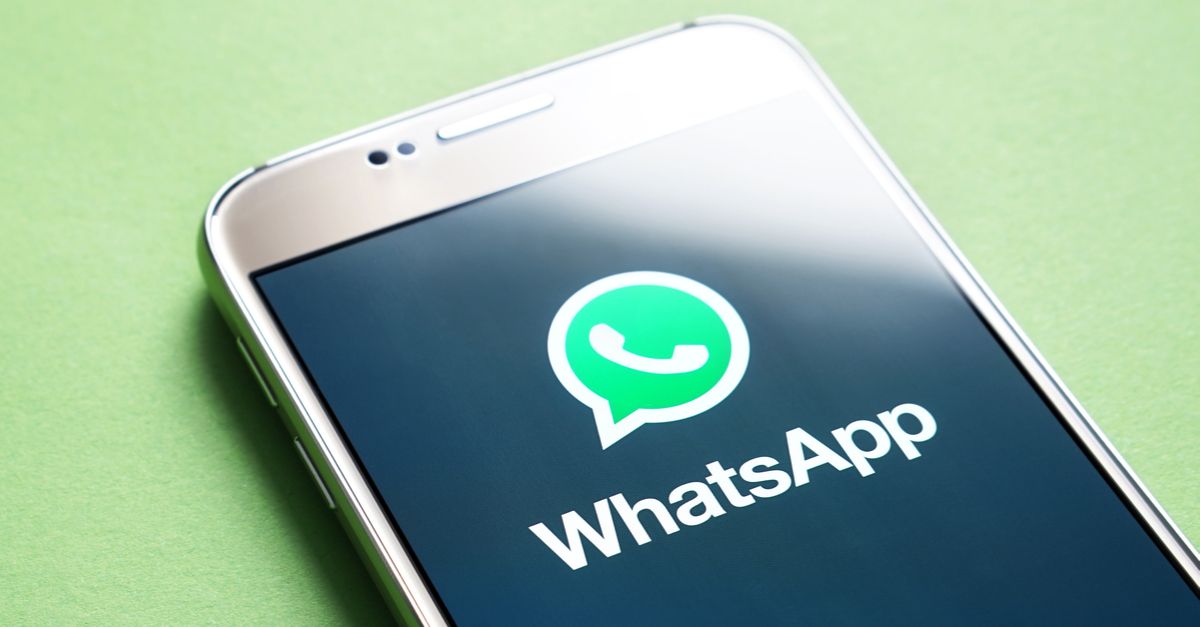The good news for Android users: WhatsApp chats, photos and videos are no longer going to eat into your precious Google Drive storage limit. Starting 12 November, your quota won’t budge due to that particular backup bucket.
The catch: if you want to save your old WhatsApp content, you better back it all up before 12 November. That’s when WhatsApp will sweep out dusty old backups that haven’t been updated in more than a year, it said on its FAQ page.
On Monday, the Independent reported that Google emailed users to let them know that the move comes out of a new agreement between itself and WhatsApp. The change in how the instant messaging app backs up data is reportedly being done to make backup more accessible and seamless.
From the email:
Due to a new agreement between WhatsApp and Google, WhatsApp backups will no longer count against Google Drive storage quota.
However, any WhatsApp backups that have not been updated in more than a year will automatically be removed from storage.
How do I preserve my precious WhatsAppery?
Fortunately, backing up your old stuff is easy-peasy. But first, you need a few things: a Google account that’s activated on your phone, as well as Google Play services and enough space for the backup. WhatsApp notes on its FAQ that Google Play services are only available for Android 2.3.4 and higher.
How to create a Google Drive WhatsApp backup:
- Open WhatsApp.
- Tap
Menu > Settings > Chats > Chat backup. - Tap
Back up to Google Driveand select a backup frequency other thanNever. - Select a Google account that you’ll back up your chat history to. If you don’t have a Google account, tap
Add accountwhen prompted and enter your login credentials. WhatsApp suggests that you please do remember the Google account you’re using for the backup – you’ll need that to get back into the backup. - Tap
Back up overto choose the network you want to use for backup. Note that this could cost you: backing up over a cellular data network might result in additional data charges.
Then again, you can manually back up your WhatsApp account to Google Drive at any point:
How to manually backup your WhatsApp chats to Google Drive
- Open WhatsApp.
- Tap
Menu > Settings > Chats > Chat backup. - Tap
BACK UPto begin your Google Drive backup. The process might take a while, depending on how much data you need to back up.
To get at your new backup, you’ll need to go through the same Google account that you used in the first place. If you need to install or reinstall WhatsApp on your phone, the app will prompt you to restore the backup.
You can check out the WhatsApp FAQ for instructions on how to restore a backup, but bear in mind that you’re best off doing it over a Wi-Fi connection to avoid the data charges you’ll get stuck with if you do it over your cellular network.
Finally, it’s extremely important to keep in mind, given that WhatsApp is encrypted end to end, that the Google drive backups are not. From WhatsApp’s FAQ:
Important: Media and messages you back up aren’t protected by WhatsApp end-to-end encryption while in Google Drive.

Eliott Szoltan
Excuse me. WhatsApp media are not encrypted on Google Drive, but how about the text? Just out of curiosity, because I would never backup personal stuff on Drive.
One thing (unrelated) I’ve found interesting: when you email a chat, WhatsApp leave a plain .txt file of that chat in a WhatsApp folder. It won’t delete it after sending the email.
Thank you ms. Vaas
Sven
Yeah so how do you back up your WA without Google snooping your private conversations?
Craig
WhatsApp doesn’t encrypt *anything* that it stores on your device, just in-transit.
Dave
Hmm. That means I’ve been misunderstanding ‘end to end encryption’ for a few years :( I take end to end as meaning encrypted *at rest* and having the recipient app do the decryption, which is distinct from transport encryption which typically ends at the web server.
Wish there was a common and agreed terminology for the various options so we could be without doubt.
Paul Ducklin
I think that “end-to-end encryption”, rightly or wrongly, is commonly used to refer to each end of the network connection and no further.
After all, we talk about browsers encrypting “end to end” even though the content that’s scrambled while in transit is unscrambled immediately on receipt to be displayed (or in the case of JavaScript, executed), downloaded, cached and so on.